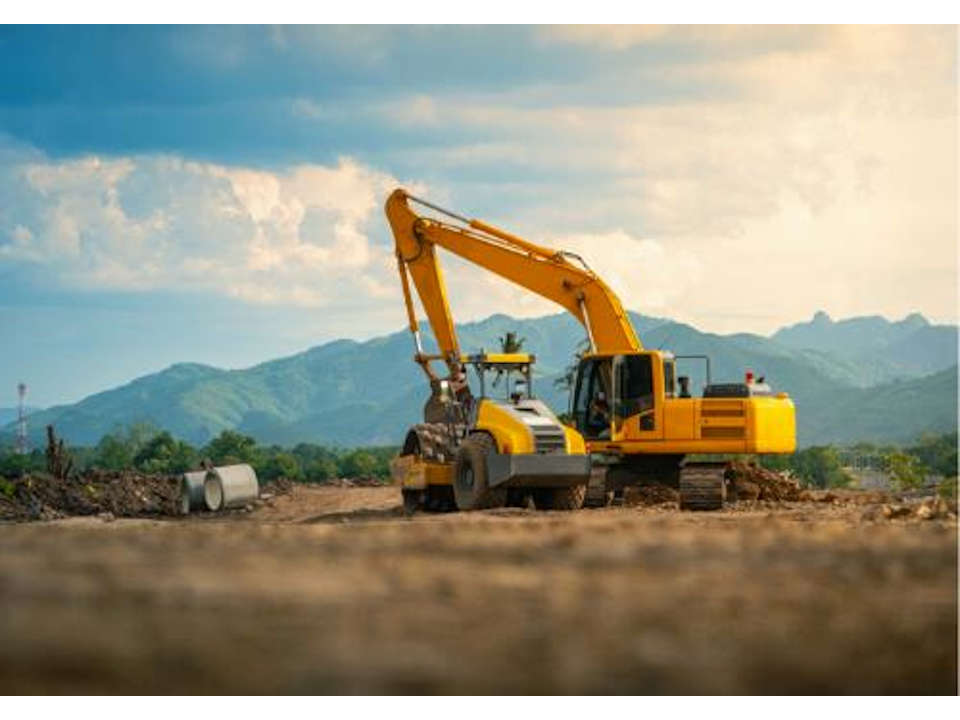News
Top 3 Tips for Assessing Construction Technology

Most of us can look at an undercarriage and know if the pins and bushings have been turned or will soon need to be. We can determine the remaining hours before a rebuild will be necessary and quickly estimate how much that rebuild will cost.
Most of us can look at an undercarriage and know if the pins and bushings have been turned or will soon need to be. We can determine the remaining hours before a rebuild will be necessary and quickly estimate how much that rebuild will cost. We have a protocol for assessing hard parts. We don’t have a similar protocol for assessing technology. And that, says Helge Jacobsen, Vice President of Advanced Solutions with United Rentals, is a challenge.
Part of the challenge is our lack of long-term familiarity with technology. Undercarriages—and hydraulics and engines and tires—have been around a lot longer than telematics and 3D machine control and we, as an industry, have more experience with them.
Another part of the challenge is that our use of technology is unlike the use of technology in other applications. “The value of technology in many industries is determined under static conditions” says Jacobsen. He says we can calculate the value of a weld cell in an assembly operation quite easily because conditions in a manufacturing facility don’t change. “But conditions in a construction environment can be wildly erratic.”
And part of the challenge is that technology continues to advance rapidly. The value of last year’s telematics is degraded by this year’s version and we know this year’s version will likewise be degraded by next year’s telematics. Because the value is in a constant state of degradation, it never seems to be the right time to pull the trigger on tech.
What’s the answer? In summary, go for it.
Achieving Technology Competency
Helge Jacobsen, United Rentals“Sensors are dirt cheap,” says Jacobsen. “Connecting them is easier and more reliable than ever. Data management, due largely to cloud computing, is more robust than ever.” In the past, questionable performance and uncertain reliability justified hesitancy in adopting new technologies, but not now. “The customers who commit now are assured of receiving well-developed, reliable technology. Embracing technology now will put you at the front of your market in five years whereas contractors who hold off will get left behind.”
Dennis Walker, United RentalsDennis Walker, manager of national associations relations with United Rentals, notes that many municipalities and general contractors now require subcontractors to employ specific technologies. “Most second- and third-tier contractors already have the technology on their equipment,” says Walker. “What they often lack is the expertise to use it.” He says the time to get fluent with your tech is now, not when you’re on site and struggling to get through the touch screen looking for features your top-tier managing entity encourages you to use.
Rental is the ideal platform for achieving that competency, says Jacobsen. “Technology becomes a service as part of the rental package.” United Rentals has some 300,000 pieces of fully-connected equipment.
Key Considerations for Assessing Construction Technology
With all that in mind, here are Jacobsen’s three key considerations for assessing technology. All three conditions must be met; if any one falls short the entire technology falls short.
The technology must present tangible value. It has to be quantifiable. Controlling idling is an appealing concept but only has value if you know it reduces fuel consumption by up to 18 percent (not a verified value; just a hypothetical example).
It has to present value from Day 1. “Tech providers say, ‘If you do this, this and this, you’ll see payback in x months,’” says Jacobsen. “That doesn’t work for our industry. Payback must be immediate.”
Part of the overlooked cost is transportability of tech, or the lack thereof. “What works well at a trade show may not work well on the job site, in adverse weather, where communication is by hand gestures and employees are wearing gloves and safety glasses,” says Jacobsen.
Helge Jacobsen and Dennis Walker will present an educational session, “Technology Trends: Lessons Learned” at CONEXPO-CON/AGG on Thursday, March 12, 2020, from 11:00 a.m. to 12:30 p.m. in Westgate – Ballroom B.
This comments above are for informational purposes only and generally discusses common industry processes and procedures. This article is not intended to be a substitute for situation-specific professional/expert advice, instruction and supervision. United Rentals recommends consulting with engineering and legal experts regarding the applicable government standards, and any other applicable rules and regulations associated with the topics discussed.



